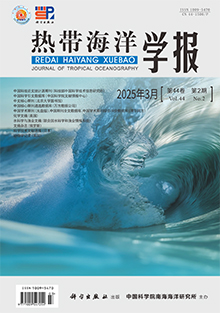To better understand the polymorphism characteristics of ribosomal RNA genes of Crossorhombus kobensis (Jordan & Starks, 1906) from Bothidae, Pleuronectiformes, a total of 128 clone sequences were obtained, including full-length sequences of 18S, ITS1, 5.8S, and ITS2 and partial fragments of 28S. After sequence alignments, clustering analyses and recombination detection, the results showed that only 5.8S (158 bp) had no length variation, while the other four gene fragments showed high length polymorphism and resulted in several distinct types: 18S (1856-1893 bp) with four types of Types A, B, C, and R; 28S (967-974) and ITS1 (407-505 bp) both had three types of Types A, B and R; ITS2 (423-447 bp) had two types of Types A and B. All five gene fragments showed GC-bias, and ITS2 (71.14%) > ITS1 (65.37%) > 28S (62.22%) > 5.8S (57.67%) > 18S (54.95%). The current characteristics criteria were not sufficient to provide strong evidence for the inference of functional gene or pseudogene of 18S, 28S and ITS sequences. Therefore, comparison with each of corresponding gene fragment of four affinis species from family Bothidae was conducted, Arnoglossus macrolophus, Crossorhombus azureus, Engyprosopon grandisquama, and Lophonectes gallus. The alignment showed that the indels and differential sites of Type A sequences of both 18S and 28S were the similar as those of the four species; and Type A of ITS1, as well as the four species, had no fragment deletion at the missing loci of Type B. Therefore, Type A sequences of 18S, 28S and ITS1 were speculated as functional genes, while the other types were putative pseudogenes. As for ITS2, the divergence loci of Type A and Type B compared to each of the four species had no consistency, and there was no evidence to infer the status of ITS2. In this study, 5.8S rDNA is the most conserved gene, suggesting a concerted evolution, while non-concerted evolution was confirmed in other four genes because of high intra-individual polymorphism.




